By A. Nichols
Although China had once constructed an actual Great Wall to shield itself from aggression from tribes, clans, and countries to its north, modern society has torn down most walls that were made to keep foreign ideas and influences out Chinese culture. With the growth of Communism in China, China’s government has placed a new ideological wall around religion and its authority to write doctrine, which is the equivalent of giving the Asian Studies Department the authority to create the Math department’s curriculum. In order to understand the current dynamic between Catholicism, one of the main religions in China, and Chinese society, history and motives of both sides are critical, especially for answering the debate over the myth of Chinese distaste for Catholicism. As a metaphor for the notion of the Chinese government’s “caging” of Christianity, this picture from “China Encounters” provides a possible depiction of the conflict.
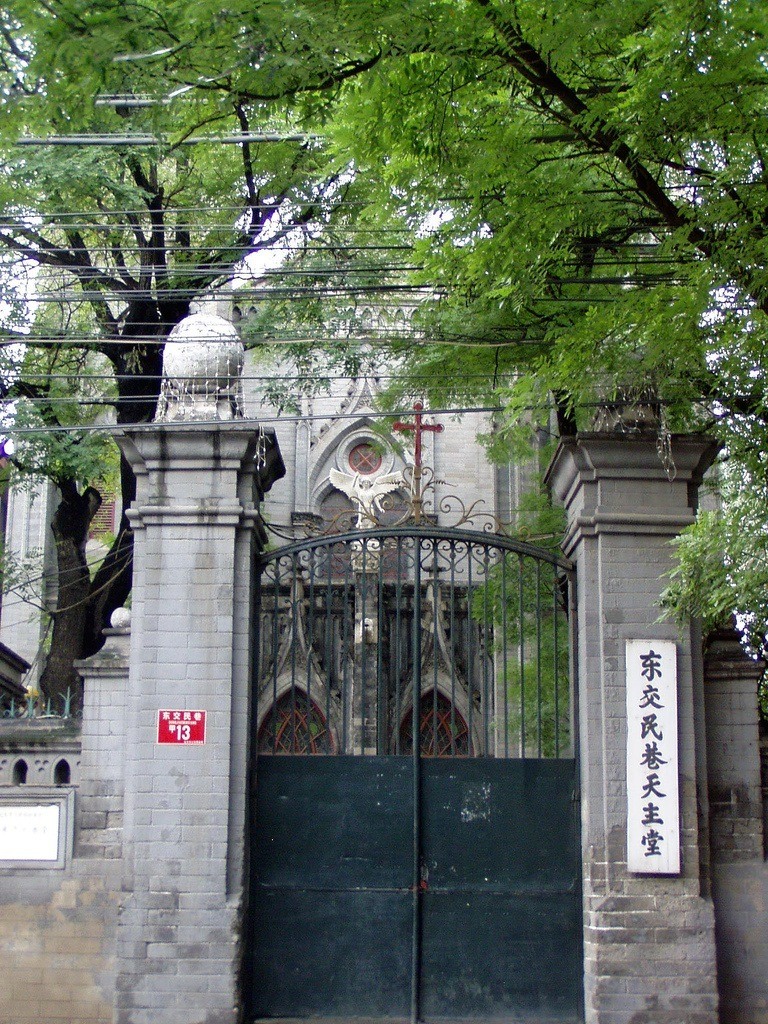
Historically, the strain that exists between the Church and the Chinese people has existed from Catholicism’s entrance alongside Christianity into Chinese society on the heels of the Opium War, which would taint the minds of the Chinese people who “do not forget history”[1]. Understandably, this method of “evangelizing” created deep divisions between the Chinese and Western missionaries; yet due to competition for converts, a sort of miracle developed and each branch of Christianity rapidly embraced the “Chinese way” to make themselves more appealing. However, Westerners remained waiguoren; for in the power vacuum left by the second World War, Christians found their ideological rival, atheistic communists, perched in command China’s authoritarian government.
With this new atheistic entity that became the single political party with power in the Chinese government, Communism and the Vatican found themselves diametrically opposed on ideology. Due to the Church’s need to comply with the government’s guidelines with thanks to Deng Xiaoping, who is displayed bellow with photo credit given to Choo Yut Shing, the Vatican’s reaction against the government’s claim to supremacy over the Pope in matters central to the faith, such as appointing bishops, would draw the powers into conflict. In another struggle for papal supremacy, the seemingly unstoppable communist force was ready to collide with an unmovable object.
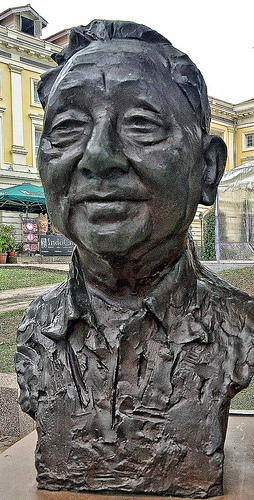
Additionally, the conflict may have political ends rather than a mere ideological struggle for power, for the Communists risk losing at their own game of being helpful to “the little guy.” Despite China’s government’s claim to be a “party of the people,” the Catholic Church represents a threat to Communism’s promise to be the best solution; for the Church can provide easy and cheap healthcare that the government cannot challenge[2]. Because most people acknowledge the power of religion, the Communists lack the means to eradicate faith fully; but that does not stop them from attempting to control religions and their doctrines, which is a sign of warranted fear.
While the Communists reserve the right to deem true Catholicism guilty and a threat in court, Chinese people have found Catholicism innocent in the court of public opinion; for Catholic traditions and spirit have planted themselves in society, and the Chinese people have accepted them. This hopeful photo of Christianity in Chinese society is credited to Mister Bijiou.

[1] The Bamboo Cross.Films for the Humanities and Sciences. 2008.
[2] The Bamboo Cross. Films for the Humanities and Sciences. 2008.
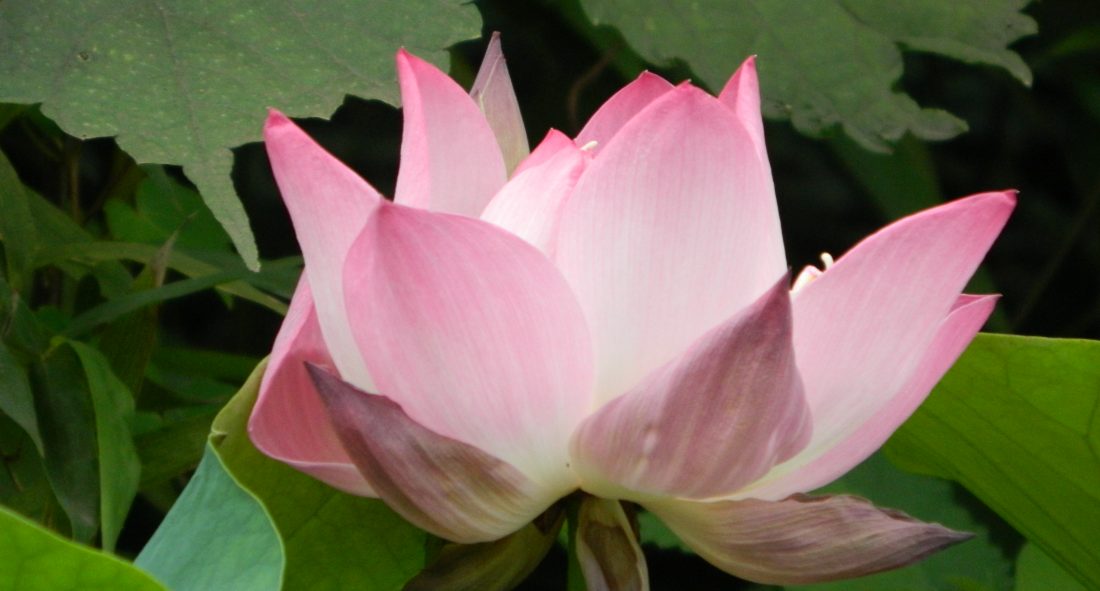




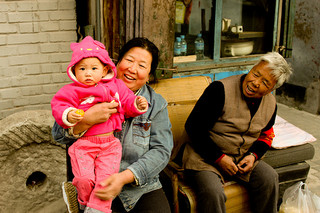



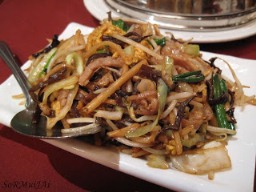



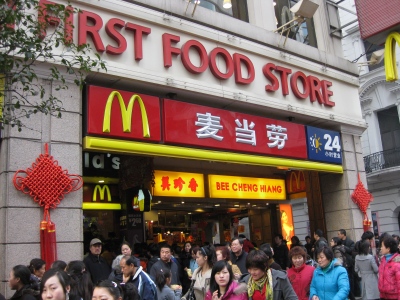

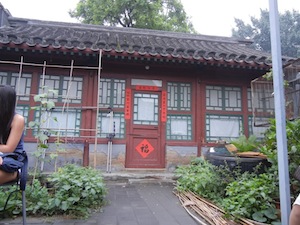 Photo Credit: Erin Bailey
Photo Credit: Erin Bailey

